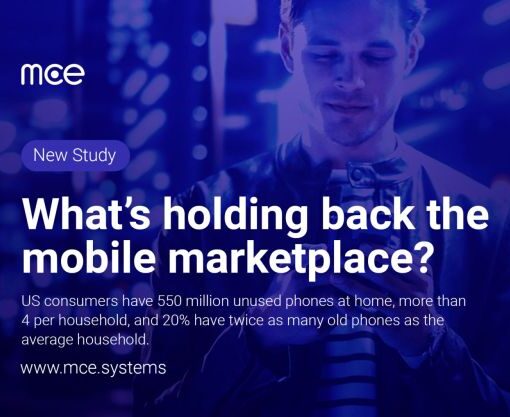In the last weekMCE Systemsreleased a research study initiated byRobert Hacklof over 3,000 US consumers to reveal a massive and largely untapped opportunity in the mobile phone trade-in market.
Last year, only 1 out of 7 consumers who got a new phone traded in their old one. Though US consumers gained over $3 billion in value from trade-ins in 2021, the market could be 15 to 20 times higher if operators focused on the consumer needs this research identifies.
In addition to revealing data points, our report has actionable insights for mobile operators to get started.
Link: https://lnkd.in/ejK-rvxU
The Big Takeaways
For operators to succeed in trade-ins, they will have to answer 3 questions that consumers are asking:
✅ Why not commit to the price that is quoted with a credit on the next bill?
✅ Why not offer an app and a seamless user experience like Uber or others?
✅Why not deliver the execution speed consumers have come to expect from places like Amazon Prime?
The good news: all these challenges can be solved with MCE Systems technology, which early adopters in several countries have already begun to implement – we call it Trade-In 2.0.
But don’t just take our word for it – we asked consumers about Trade-in 2.0 as a concept in the study. The response was overwhelming: implementing Trade-in 2.0 increases the likelihood of trade-in by 75%.More than 1/3 of respondents were much more likely to trade based on its features. These numbers were also very consistent across the global survey.
Trade-in 2.0 will also significantly increase the market volume of trade-ins, which contributes to reducing carbon emissions – every 1 million devices that are reused avoids 48k metric tons to the CO2 footprint. The UK market, with Vodafone leading the pack, shows what’s possible in a short time frame:a reduction in the mix of “Never traders” from 88% in 2020 to 49% in 2022.
Clearly, consumers (and our environment) are ready for Trade-in 2.0.Are you? Will you lead or follow?



